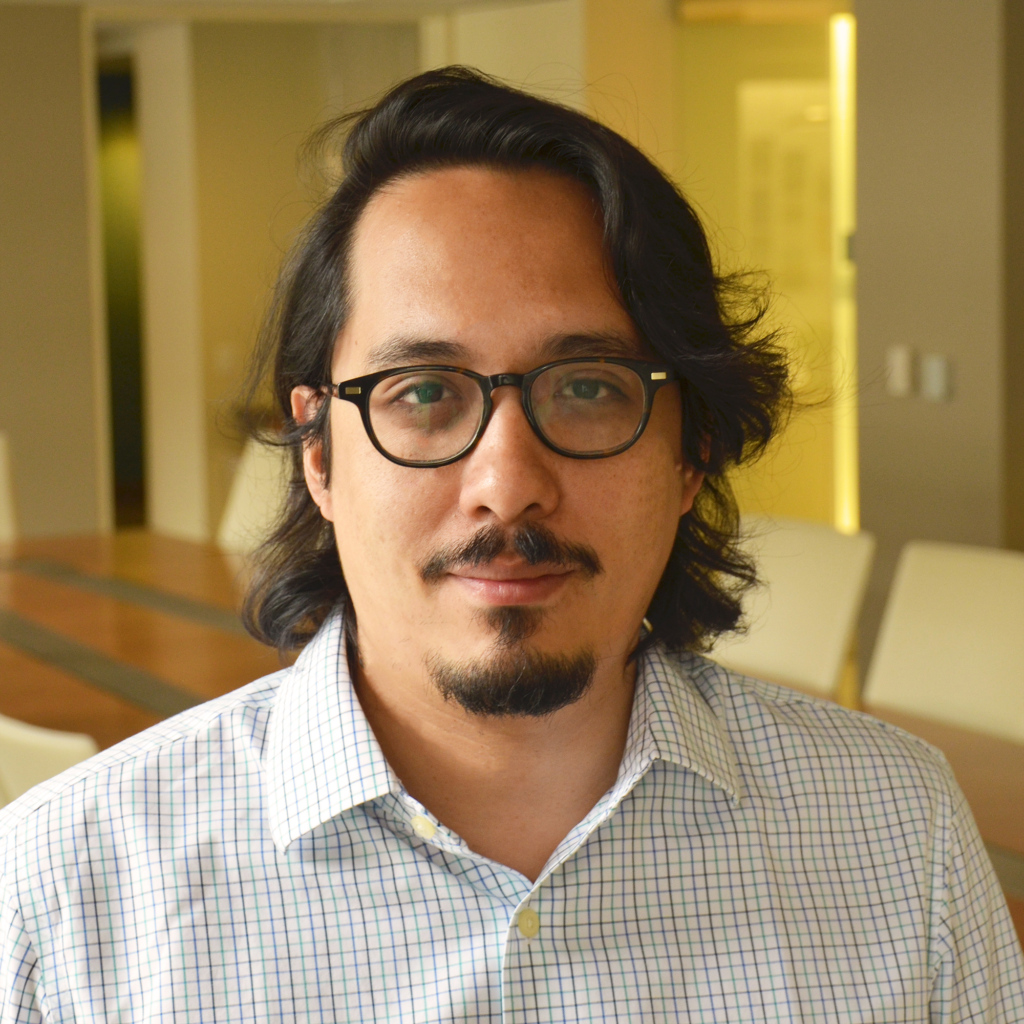Priority Theme Spotlight: Omar García-Ponce and Isabel Laterzo


Author: Max Méndez Beck
Theme: Crime Reduction & Police Accountability
In today’s Priority Theme Spotlight we spoke with EGAP member Omar García-Ponce and his co-author Isabel Laterzo about a paper they wrote with Vivian Bronsoler, Elisa Lavore, and Shahriar Kibriya titled “Who is to Blame? Youth Crime and Attribution of Responsibility in Urban Mexico”.
In your study you explore the views of young people in Mexico regarding whether they blame the individual or the government and society at large for crimes that are committed by their peers. Why is it important to understand this “blame attribution”?
Omar García-Ponce and Isabel Laterzo: We know that youths represent a large fraction of the victims and perpetrators of violent crime around the world. In the case of Mexico, for example, between 2007 and 2020, nearly 100,000 children and youths under the age of 30 were killed by firearms. Based on data from the National Institute of Statistics and Geography, 21% of the victims of intentional homicide in 2020 were 24 years old or younger—more than half were under 34 years old. Within this context, understanding how youths make judgments about crime and the actor(s) responsible has important implications.
First, patterns of blame attribution are associated with perceptions of criminal behavior acceptability. In other words, identifying causal attributions of blame is a necessary step to understand how youths contextualize their peers’ involvement in the criminal world, and how they may justify their own crime engagement. Second, understanding the perceived responsibility of the government and the society is crucial to design better sanctioning frameworks and crime prevention policies. Criminal activity is not only motivated by economic incentives. It is also a matter of identity, power, status, and seeking recognition from both the state and the society.
How did you go about figuring out who young people blame when it comes to crimes committed by their peers? What was your research design?
OGP & IL: To study this topic, we used a multi-method research design incorporating both qualitative and quantitative research methods. First, we fielded a face-to-face survey to 2,800 youths and young adults in urban Mexico, ages 16-29. This survey included a vignette experiment where respondents were presented with a hypothetical story about a recent crime in their municipality committed by a young man, Rodrigo. We varied four components of the vignette: Rodrigo’s socioeconomic background, his gang involvement, the type of victim, and the severity of the crime. We then asked each respondent to rate the degree to which they blamed Rodrigo, the government, and society for Rodrigo’s actions. With data from this experiment, we determined how changes in each of these four factors affects the amount of blame attributed to each entity.
Notably, we paid special attention to the way in which we designed our survey sample. In addition to being representative of this age group across urban Mexico, we also designed the survey to be representative of different types of violence across the country. To do so, we relied upon three measures of violence: homicide rates, perceived security, and reported victimization. For the latter two variables, we used multilevel regression with post-stratification to create municipal estimates of insecurity and reported victimization by matching a recent nation-wide survey–Mexico’s National Survey on Victimization and Perception of Public Security (ENVIPE)–with the country’s most recent intercensus. With these three estimates in hand, we then ordered municipalities based on levels of insecurity and sample via seriation.
Following the survey, we then ran 10 focus groups with local partner organizations and included a similar story about a young man who committed a crime, and we sequentially discussed with them how changes in his socioeconomic background, gang involvement, type of victim, and severity of the crime might influence their assessments. This portion of the research complemented our survey and allowed us to understand in a more detailed fashion the logic behind blame attribution patterns.
What did you find?
OGP & IL: Our study has two main takeaways. First, we find that characteristics of the perpetrator (Rodrigo) affect blame attribution patterns, and second, we find that individual-level characteristics of the respondent affect such patterns as well.
With regard to the perpetrator, we find that both his socioeconomic status and the type of criminal involvement significantly influence blame attribution patterns. Our respondents see lower-class perpetrators as less deserving of blame compared to more privileged individuals. They also assign more blame to him if he is following orders from a gang leader, versus if he is leading the effort. Our focus group participants echoed the patterns we found in our quantitative analysis. Some mentioned that, from their own knowledge and experience, if someone did not follow orders from a gang, they would be harmed or killed. Because of this, following orders can make committing a crime more excusable, as they see few ways out of this situation.
We also find that the perpetrator’s gang involvement affects how much blame is attributed to the government and society–if the perpetrator is following orders, more blame is attributed to these actors. Data from our focus groups corroborates this experimental evidence, with participants stating that they believe their government provides few opportunities to them which could allow them to remain outside of the criminal world, such as educational scholarships or job opportunities. Those who follow orders from gangs are often doing so due to the lack of such opportunities. Participants notably commented that benefits from the government and politicians only seem to appear during campaign season, when candidates may distribute material goods to try to win over voters.
Finally, our results indicate that respondents tend to allocate blame differently based on their own personal characteristics. For example, respondents from insecure vs. secure communities allocate both blame for the perpetrator and external actors (government and society) in different ways. In low violence areas, respondents tend to blame the perpetrator more for severely violent acts (such as murder), while this is not found in high-violence areas. The degree to which they attribute blame to the government and society also varies – for more severe crimes, those living in less violent areas attribute more blame to the government and society. This pattern does not exist among those who live in less secure areas.
We also find that the socioeconomic well-being–measured both in terms of their personal socioeconomic status and the overall marginalization of their municipality–affects blame attribution patterns. Notably, respondents who are less well off (lower socioeconomic status and/or higher municipal marginalization) tend to attribute less blame overall to the perpetrator overall. This suggests that youths who are more socioeconomically disadvantaged seem to be more forgiving of crimes committed by a peer.
How might these findings contribute to the design of policies meant to reduce the incidence of youth crime?
OGP & IL: Our findings shed light on the extent to which the state and society are seen as co-responsible actors in youth crime. From a policy perspective, the significant amount of external blame attribution indicates that governmental and societal actors are insufficiently addressing the root causes of crime across the board. In cases like Mexico, we need to rethink and redesign the policies aiming at supporting at-risk youth and preventing recidivism of offenders. This would include getting youths into therapy, addiction treatment, and psychiatric models specific for the Mexican context, among others. We also need to invest in the development of multidimensional and collaborative efforts between academics and practitioners to improve knowledge translation, that is the process through which we incorporate what we learn from research into actual policy making.